Notorious Pink Grenache Habersham Beverage

Notorious Pink
Description and Range. Most gall wasps have a complex life cycle that begins with hatching on the surface of some part of a plant (usually oaks). As larvae they induce galls as described below. Once emerging from a gall as an adult, these wasps are incredibly tiny: only about 2-3 mm. These adults live for about one week, and they don't feed.
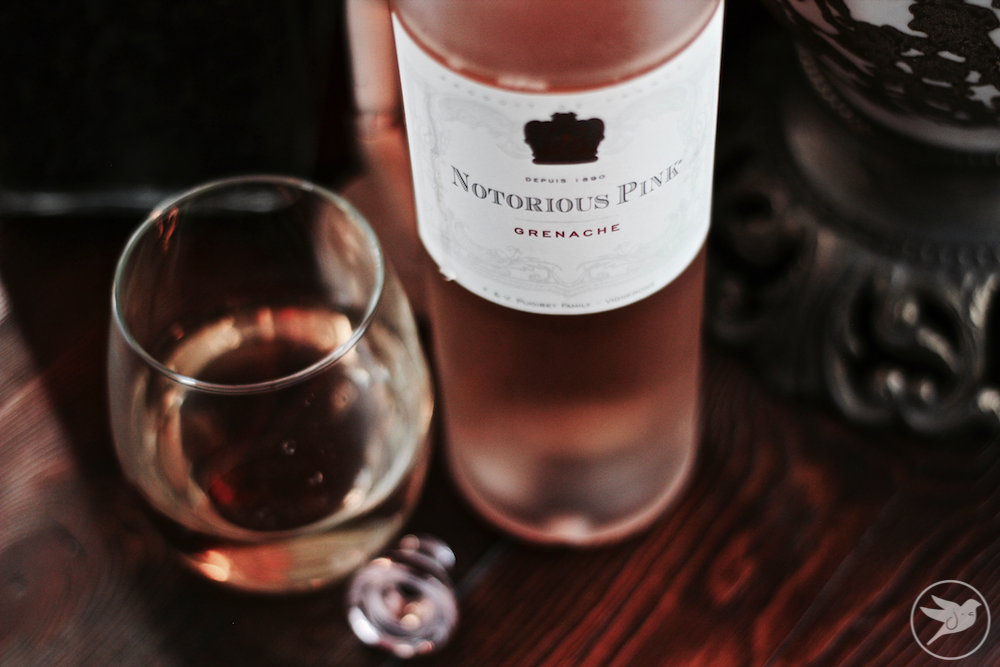
Notorious Pink 2016 Grenache Rosé
Pull this fuzzy gall apart and you'll find the seed-like structures that contain the developing wasps. The Jumping oak gall found on valley and California oaks contains one small wasp. Once mature, the gall falls off the tree and onto the ground. As the insect moves around inside the gall it can make the gall jump right off the ground.

Gall Mr. Pink (prod. Amerigo Gazaway) Detoks Records YouTube
By: Lila Higgins. Originally published: Oct. 31, 2013. Meet the Oak Gall Wasp: To construct her nursery, female Oak Gall Wasps employ a not-so-subtle subterfuge. Instead of working to find and construct a nest of her own, the wasp turns to the mighty oak and bends it to her will! Eggs are gently inserted into the flesh of the oak's limbs and.
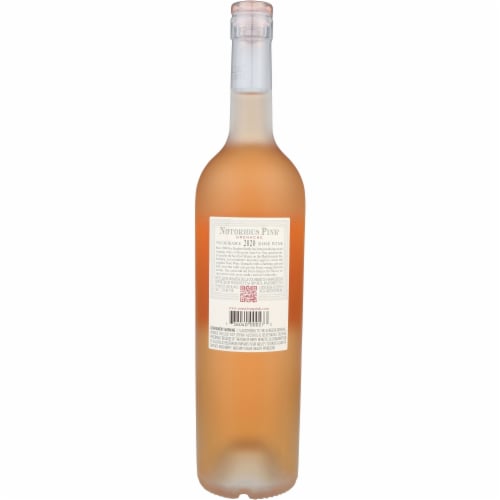
Notorious Pink® Grenache Rose Wine, 750 mL QFC
The gall-making insect or mite develops within the plant gall. The gall continues to expand as the gall maker feeds. Once formed, galls may remain on the plant for long periods, even though the insect may leave it shortly after the gall develops. Many galls are not seen until after the insect or mite leaves the gall, as with Cooley spruce galls.
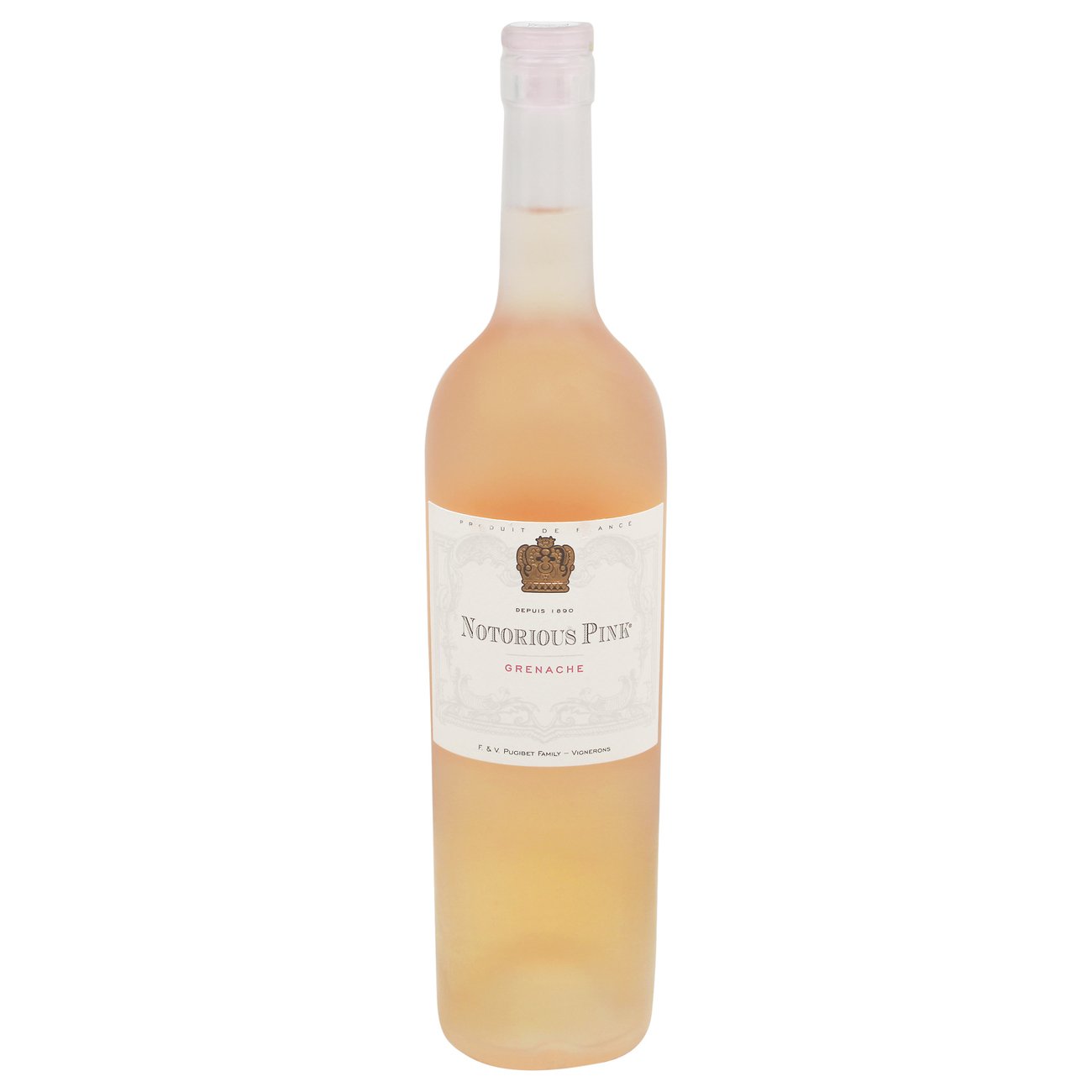
Notorious Pink Rose Shop Wine at HEB
Crystalline gall. With an appearance like bristly red or pink caterpillars, these galls can cover the entire leaf surfaces on several white oaks, especially blue oak and valley oak (Q. lobata), according to Russo. "I have found nearly 100 percent of the leaves on an individual tree covered with these galls." Urchin gall.

Notorious Pink Grenache Wijnen Wijnmakelaars
The gall-forcing agent is often a tiny wasp or mite whose chemistry makes the plant grow a protective, and edible, covering for its eggs and/or larvae. Galls come in as many forms as there are gall-makers—that is, thousands: some hard and smooth, others spiky and gnarly, still others that look like white cotton candy flecked with pink.

WineReview Notorious Pink RoséWine • WineDivaa
Figure 2. Pink and Green bladder galls developing on maple foliage. Figure 3. Hackberry nipple gall developing on the underside of the leaves. Figure 4. Horned oak gall with characteristic horns protruding from the swollen branch. Figure 5. Old horned oak gall with visible exit holes for mature wasps. Figure 6.
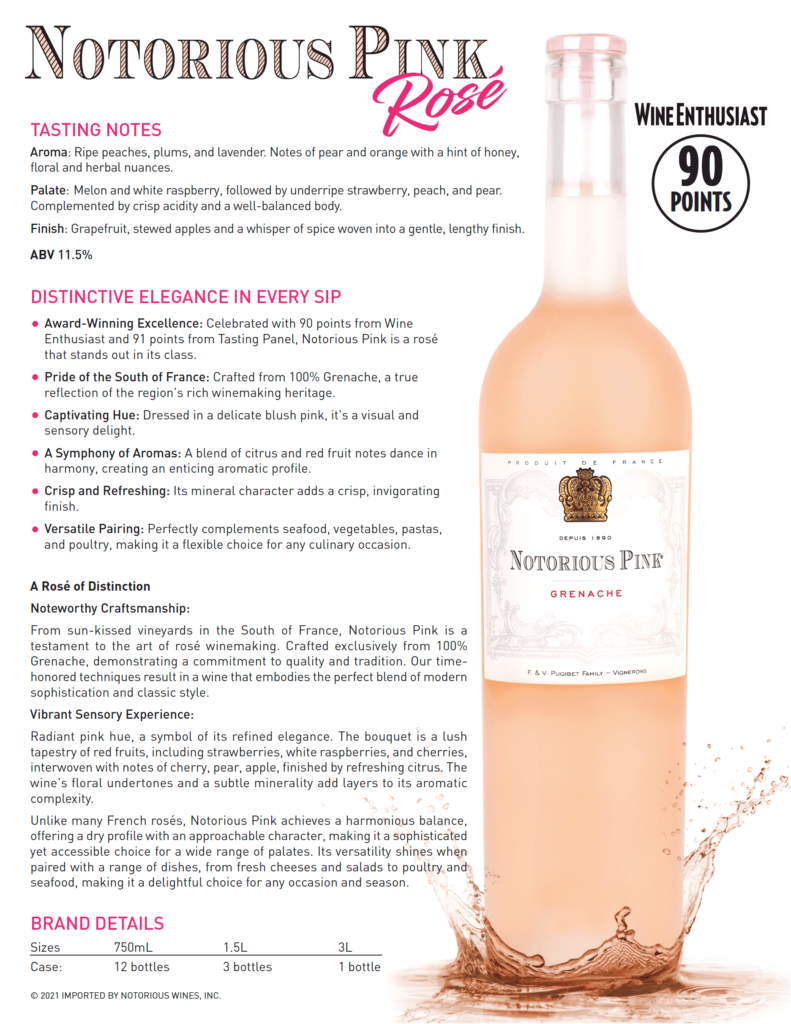
Varietal Notorious Pink Notorious Wines
(a) The earliest gall at the 1st day, (b) growing gall at 7th day, (c) 12th day gall just after the escape of weevil, and (d) withered gall at 21st day. Bars, 5 mm. ( e ) Changes in the gall size.

Notorious Pink Grenache Habersham Beverage
Diplolepis rosae is a gall wasp which causes a gall known as the rose bedeguar gall, bedeguar gall wasp, Robin's pincushion, mossy rose gall, or simply moss gall. The gall develops as a chemically induced distortion of an unopened leaf axillary or terminal bud, mostly on field rose (Rosa arvensis) or dog rose (Rosa canina) shrubs.The female wasp lays up to 60 eggs within each leaf bud using.

Notorious Pink Rose Bottle Values
One of the most notorious eriophyid plant galls is the wart-like galls that rise on the upper leaf surfaces of silver maple (A. saccharinum) and red maple (A. rubrum). The galls are produced by the maple bladdergall mite, Vasates quadripedes. These galls are currently "maturing" meaning they are changing from green to deep red with a few.

Notorious Pink Grenache Habersham Beverage
Mature plant tissues are usually not affected by gall-inducing organisms. The gall keeps growing as the gall-making insect feeds and grows inside the gall. If galls start to form, they continue to form even after the insects die. Most galls remain on plants for more than one season since they become noticeable only after they are fully formed.

5 Questions With The Brains Behind Notorious Pink Rosé
This slowly growing list of nearly 250 plant galls includes all those California gall inducers that had at least 8 observations in iNaturalist's Galls of California project in August 2020 except for oak galls and galls caused by fungi, mistletoes, or bacteria. You'll find some oak, fungus, mistletoe, and bacteria galls listed, but the coverage.

Notorious Pink® Grenache Rose Wine, 750 mL QFC
July 8, 2021. Willow Pinecone Galls are produced by the Willow Pinecone Gall Midge, Rabdophaga strobiloides (family Cecidomyiidae), to house, nourish, and protect a single fly larva (maggot) located deep within the gall. The elaborate structures bear a striking resemblance to a pine cone complete with faux seed scales.

Wine Branding Strategy Notorious Pink Crème de Mint Miami
Gall said the crashes began to happen when the city moved the crosswalk to where it is now. In Nov. 2021, during a police pursuit, a car went airborne and crashed into Gall's kitchen.
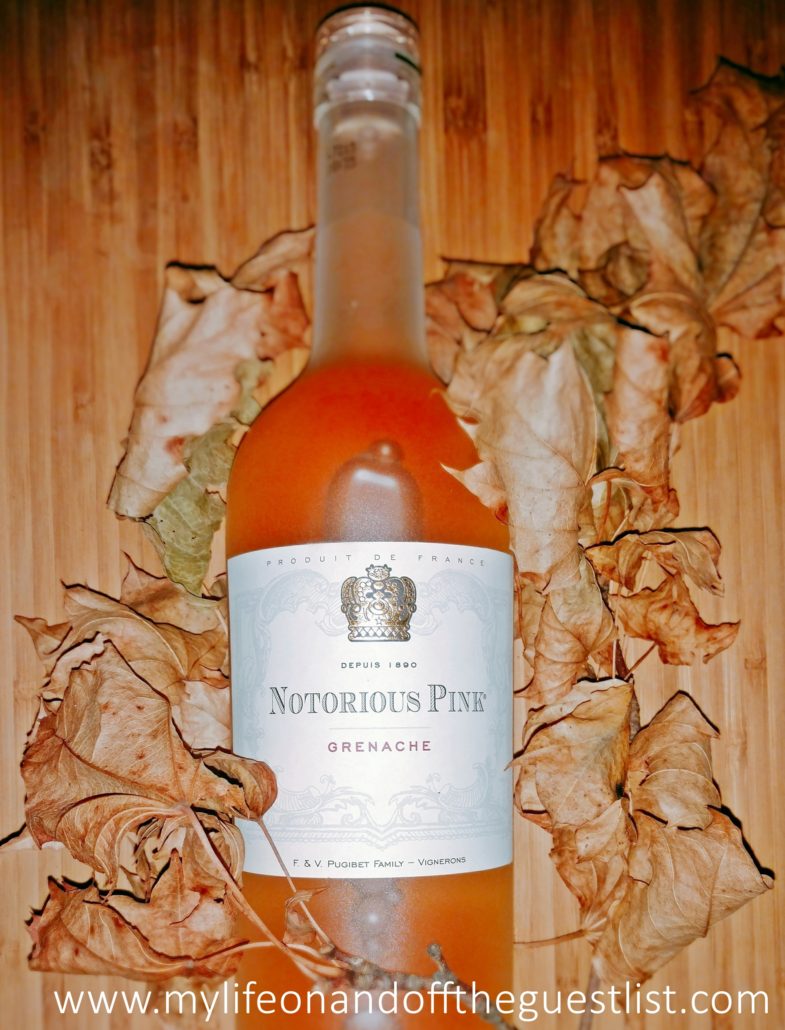
Notorious Pink Grenache A Rosé Wine for All Seasons
Gall wasps are members of the cynipoidea family. They are minute insects that resemble ants with wings. The female gall wasp, although petite in size, has an ingenious way of protecting her babies. A gall wasp laying eggs. Gall wasps will deposit their eggs under the bark of trees, in the leaf, twig, stem, bud, root, or even near the tree's.

Notorious Pink Rosé De lekkerste rose van 2021 Special Wines
These oak galls (commonly referred to as oak apple galls) form as smooth round balls one to two inches in diameter and range in color from cream and light green to pink, brown and black. They have a sponge-like interior and sit in clusters on the twigs and stems of oak trees. These galls are formed when a tiny gall wasp lays its eggs in the.